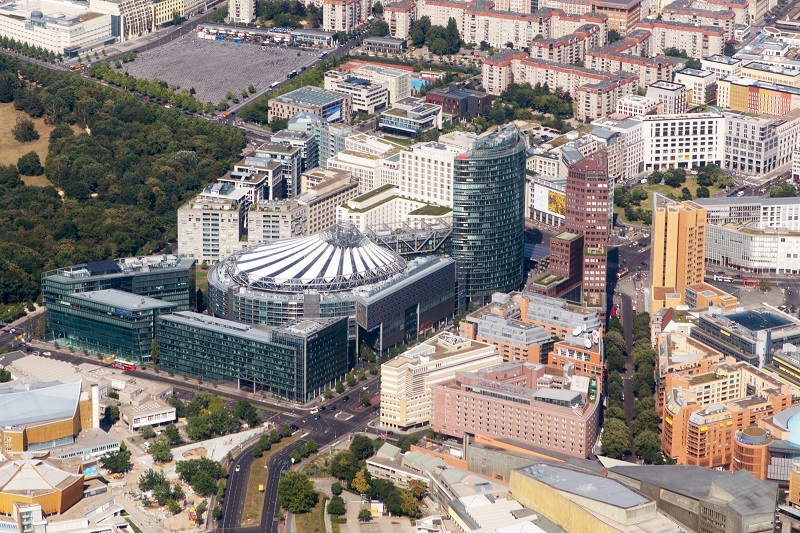16 September 2020
for Madrid Nuevo Norte

Madrid Nuevo Norte, Europe’s largest urban regeneration project, will build a new, 200-hectare city: streets, parks, houses, public facilities. When talking about urban planning in the past, what springs to mind are urban developments on the outskirts of the city designed on a drawing board or computer screen. These urban development projects continuously required new land, sometimes, to the point that there was simply no more land to build on. They expanded the boundaries of the cities, increasingly encroaching into the countryside, agricultural land or natural areas.
This trend has been challenged in recent years by a new generation of international urban projects that leverage the opportunities afforded by obsolete industrial lands or large railway, port or road infrastructures located within the cities. These urban voids, known as “brownfields”, are large extensions of vacant and abandoned land that almost always represent a barrier within the urban centres.
There are numerous examples of this trend. Indeed, there are dozens of urban developments that have helped cities grow, be better connected and more liveable, without further urban sprawl nor expansion of the city’s boundaries. Projects such as King’s Cross in London, New York’s Hudson Yards or Porta Nuova in Milan, were built on former railway land. Meanwhile, London’s Canary Wharf, Hafencity in Hamburg or Barangaroo in Sydney, were developed on obsolete port areas, to name a few.

Potsdamer Platz in times of the Berlin Wall. A bustling square before World War II that was given a new life in the 1990s through an ambitious regeneration project. Photo: George Garrigues
Large cities in Germany, the Netherlands, Canada and Australia are developing these types of projects. Other trailblazing regeneration experiences in the past include the unique case of the Potsdamer Platz in Berlin. This case is notable for its strong significance. Following the reunification of Germany in 1989 and the fall of the Berlin Wall, this project became the “scab” that healed the wound that was laid bare by the no-man’s-land between both parts of the city. A destroyed and barren area next to the wall, in the city’s historic centre.

Potsdamer Platz, today. The project, carried out in the 1990s, healed the wound that divided Berlin’s historic centre in two and breathed new life into the area. Photo: Avda / avda-foto.de
Many are the advantages of urban regeneration versus expansion. It not only connects the isolated areas within the city and improves mobility, but also enhances sustainability, since resources are optimised, and public facilities and infrastructures are used by more citizens, limiting the impact of the intervention.
The land on which Madrid Nuevo Norte will be developed extends along an elongated strip that is 1 kilometre at its widest and crosses the north of Madrid, from Mateo Inurria Street, near Plaza de Castilla, to the M-40 ring road. An area of over three million square meters, of which, 2,357,443 will be developed under this project. The remaining space is occupied by the train tracks and the M-30 ring road. The project will bridge the urban gap created by the railway facilities, brownfield and obsolete industrial areas, which runs 5.6 kilometres from north to south, equivalent to the distance from Plaza de Neptuno to Plaza de Castilla. Without a doubt, a historic opportunity for the capital.

Urban regeneration in Madrid Nuevo Norte: recovering an urban void for citizens, creating a city without expanding its limits or occupying more land.